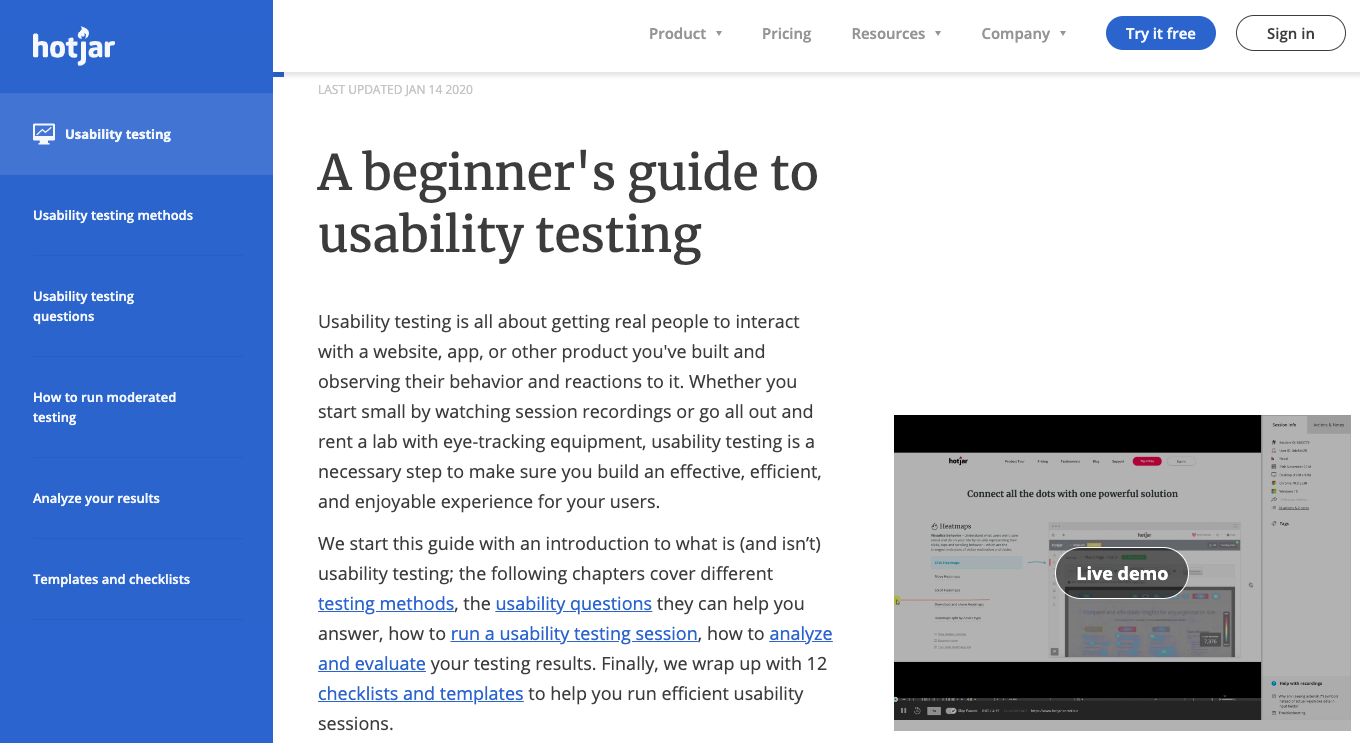Mapping Marketing to Value: How to Assess and Reorient Your Focus

The late great business management scholar Peter Drucker once said “any business enterprise has two – and only these two — basic functions: marketing and innovation.” Not surprisingly, most business leaders I work with today recognize that marketing plays a critical role in the success of their organization. But they often disagree on marketing’s definition.
The inconsistency in how organizations view the purpose of marketing manifests itself in a wide range of different approaches, responsibilities, and priorities for their in-house and outsourced marketers. This isn’t necessarily a bad thing, as every company is unique and diverse viewpoints better the ideas marketplace. However, in my experience as Marketing Lead at ExpandTheRoom, I’ve found that companies that view marketing functions through a value creation lens communicate more effectively and achieve better results.
In this article, I’ll contextualize and explain the value-centric definition of marketing and offer a few tips for how you can anchor your team to it.
Historical shifts in the perception of marketing
One reason people struggle to define what marketing departments should do is that marketing theory itself is a relatively new discipline and it evolved rapidly as the economics of business changed due to advances in industrialization and the internet.
On the consumer side, demand for products rose with middle-class income growth, and access to information anywhere allowed for consideration of widely different options to satisfy needs and wants. On the business side, satisfying demand was no longer the primary operating constraint, and the ability to target communications more granularly and ship products further led to increased competition and the development of niche markets. These changes influenced a shift in how many businesses approached marketing (their “marketing orientation”)—from being focused on production, to sales and advertising, to customer and societal needs and wants.
The value-based definition
The American Marketing Association’s latest definition speaks to satisfaction of wants and needs in terms of value:
“Marketing is the activity, set of institutions, and processes for creating, communicating, delivering, and exchanging offerings that have value for customers, clients, partners, and society at large.”
In simplest terms, value=benefits-cost (where cost is not just monetary). For example, your value perception of this article will likely be informed by its educational worth minus the time investment required to read it.
In my experience, failing to understand the value creation concept is a primary reason for advertising and content marketing campaign failure. And here are some well-known examples of failure in this regard:
- Apple’s 100+ million iPhone 6 launch campaign debacle where a U2 album automatically downloaded to users’ music libraries regardless of whether or not that person wanted their music library and local storage space forcefully invaded with mediocre dad rock.
- Nesquick’s national bunny ears day and app that nobody cared about.
- Airbnb’s ads congratulating itself for paying taxes just like everyone else.
You can avoid these mistakes by reminding yourself about what your customers value and using that as your North Star each time you concept new campaigns.
Are you oriented to value?
Your business might view its marketing team as its champions of value if the marketing team gets to own website messaging. But even if they do own it, it’s worth a deeper look.
Do the testimonials on the site focus on customer pain points and anxieties and how your company helped to overcome them and achieve their desired outcome—or do they just say that your product or service is good? Does your homepage immediately convey the desired outcome or great benefit the customer will obtain if they pick you—or does it contain a tagline extolling your company virtues? If you answered these questions with the latter, then you aren’t anchoring your messaging to value.
Basecamp’s website is a great example of messaging to value: it immediately positions the product as the all-in-one toolkit for remote work and drives this point home by contrasting their customers before Basecamp pain points and negative emotions with their after Basecamp positive outcomes and emotions.

You can reorient your messaging by going back to your business plan and marketing strategy and noting where they speak to how you create more value for your target customers than your direct and indirect competitors (differentiation). They do mention that, right? If not, I recommend you read When Coffee and Kale Compete by Alan Klement (free to download) and then start conducting jobs-to-be-done style interviews (here is a helpful interview guide you can follow).
Conducting these interviews will help you to better understand your customers’ core motivations, anxieties, and evaluation process for choosing a solution that maximizes their progress towards their desired outcome (a.k.a. value). You can use these insights to innovate/iterate your offering and more effectively communicate its value.
The prototypical example of success with this process is Arm & Hammer when they saw that some consumers were using baking soda not just for cooking but to achieve a variety of good outcomes relating to cleanliness. Another good example is Snickers finding a way to compete beyond candy bars by positioning themselves as a convenient means of satisfying hunger.
An effective way to formalize and guide you in this activity is to create a customer journey map for each of your ideal customers and fill in messages at each touchpoint that are designed to minimize the anxieties and negative emotions your customer is experiencing at each point and reinforce that your product will help to better achieve their desired outcome vs. the alternatives.
Content as value
If you understand that good marketing centers around value creation, then you also know that good content marketing produces content with intrinsic value—meaning its audience finds it valuable regardless of whether they ultimately purchase from you. It’s not easy to produce good content like that. So don’t do it unless you are able to commit to it and accept that the benefit to your business is not immediate revenue but long-term brand recognition, better quality prospects, and more loyal customers.
A great example of quality is Hotjar’s guides. They offer incredibly comprehensive and valuable insights that help marketers gather and interpret user data for continuous improvement of websites and web apps—and if you do use Hotjar’s product, you get the added benefit of being able to look at examples from screenshots of their interface.

If you are struggling to align your content with what your audience finds valuable, I’d recommend you take IMPACT’s advice and define or revise your company’s content mission statement and then focus on the “big 5” proven formats:
- Cost of…
- How to solve the problem of…
- This vs. that…
- List of best…
- Review of…
Your audience needs value now more than ever
The world is an extra tumultuous place right now and attention spans and budgets are scarce. As marketers, you can best ameliorate your audience’s anxiety by focusing on succinctly communicating how your offering solves problems and creates valued outcomes.
And if you need additional assistance in rethinking your marketing efforts to better convey value, let’s schedule a chat.
